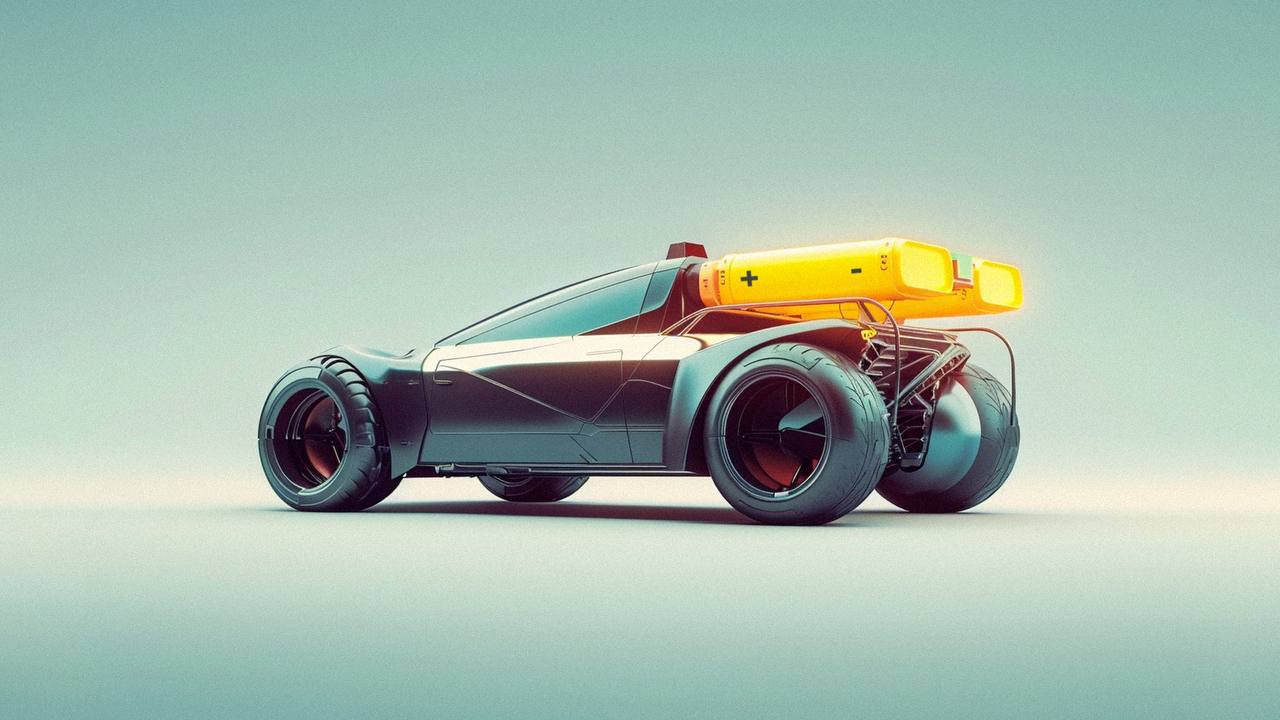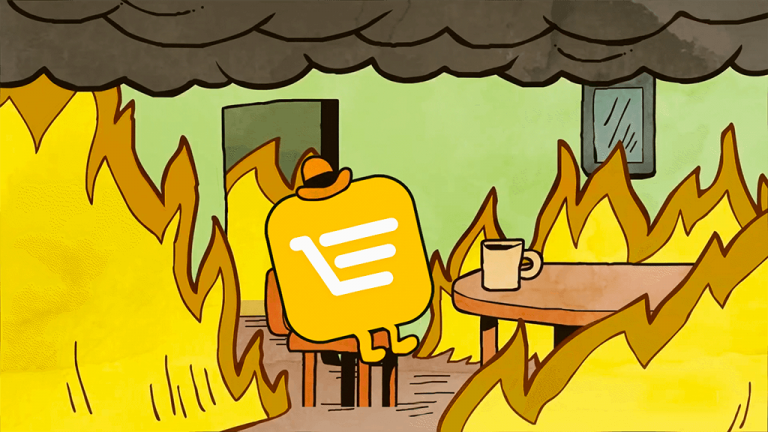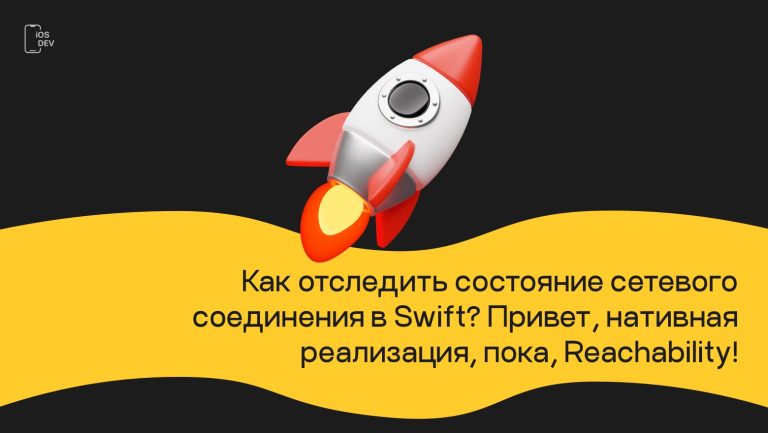batteries that change the rules of the game
The two largest battery manufacturers from China are going to reduce prices for their products by 50%. This is due to increasing competition in the electric vehicle market, where batteries are critical and the most expensive component of a vehicle. Experts believe that this will not only stimulate demand for electric vehicles, but also reduce their cost.

What's happening and why?
Since the start of sales of electric vehicles, their price has been significantly higher than cars with internal combustion engines. The fact is that a battery pack is quite expensive, and this increases the cost of such a vehicle. The world's largest manufacturer of batteries for electric vehicles, the Chinese company CATL, has announced plans to reduce the cost of its batteries by 50% this year.
Why is this done? Does the manufacturer really want to reduce prices for electric vehicles to make them more affordable? It would be nice, but no. This comes amid competition from another major Chinese electric vehicle battery maker, BYD subsidiary FinDreams.

The announcement from CATL is a reaction to the unstoppable price war in the industry. The electric vehicle industry experienced rapid growth in 2022, supported by demand for clean vehicles and regulatory measures encouraging the transition to electric vehicles. But this has led to oversupply with little demand, and to address the situation, companies are looking to reduce battery costs to remain competitive.
But there is one problem. The fact is that prices cannot fall on their own, without the use of cheaper materials and technologies. Engineers have made significant progress in developing new compounds for making batteries, allowing companies such as CATL and BYD to produce batteries that do not contain cobalt. This is a rather expensive and problematic element for the industry.
Why is it problematic? Partly because human rights organizations are trying to tell companies that they are exploiting child labor. In China they are not very influential, but they still have some significance.
The fact is that many cobalt deposits are located in countries with low levels of development and little government control, such as the Democratic Republic of the Congo (DRC). There, children are forced to work in cobalt mines in harsh and dangerous conditions. Companies producing batteries and products using cobalt continually face pressure from the public and regulators to ensure transparency and compliance with supply chain standards. Removing cobalt from the list of materials used to create batteries is a serious step for manufacturers, and not only from the point of view of reducing production costs.
What else?
Some companies are already managing to reduce the cost of batteries by increasing production scale and using new sources of lithium. A number of companies, such as Toyota, are working on developing solid-state batteries. They are considered safer and can provide high energy density, which allows for increased battery capacity.

In 2022, demand for electric vehicles grew by 96%, but already in 2023 it slowed down by 60%. The decline had a negative impact on CATL's earnings. The company is faced with the need to stimulate demand for its products, and reducing prices is one of the most effective methods. But to produce batteries, various chemical elements are needed, such as lithium, nickel, copper, cobalt, and rare earth metals. Ensuring continued access to these resources remains a key aspect for the development of the electric vehicle market.
Until recently, manufacturers produced mainly NMC batteries, which consist of lithium, nickel, manganese and cobalt. They have high energy density and are widely used in the automotive industry. However, Chinese companies have begun to develop and produce batteries using LFP (lithium iron phosphate) technology. Unlike NMC batteries, LFP batteries do not contain cobalt. Instead, more affordable and environmentally friendly iron phosphate is used, which significantly reduces production costs. Thus, Chinese companies, taking these aspects into account, began to move towards the creation of LFP batteries, gaining almost complete control over this market.
Such batteries are not only cheaper to produce, but also have a longer service life. Plus a reduced risk of fire compared to conventional lithium batteries. However, they also have disadvantages: due to the lack of cobalt, they have a lower capacity and lower voltage, which affects the efficiency of the battery.
Key market players and prospects
The cost of lithium carbonate on the market is an important, but not the main factor influencing battery pricing. Prices have been rising for several years and only began to decline at the end of last year. However, despite this, the price of batteries remained relatively stable all this time, and even decreased slightly. After all, companies strive to use more accessible and cheaper materials, which affects the price of the final product. Manufacturers who mine lithium are looking for new deposits of the chemical element due to increased demand. For example, CATL has invested heavily in building lithium mines in Bolivia. Experts believe that in 2024 and 2025, supply in the lithium market will grow faster than demand, exceeding it by approximately 34%. This will stabilize prices for electric batteries.

Although Chinese companies have become leaders in the production of LFP batteries, they are not the only players in this market. For example, Tesla partially uses NMC (nickel-manganese-cobalt) and NCA (nickel-cobalt-aluminum) batteries from the Japanese company Panasonic and the South Korean company LG. Toyota has long been focused on producing hybrid (Prius, RAV4 Hybrid, etc.) and hydrogen (Mirai) cars. But today Toyota is revising its strategy and paying more attention to the development of solid-state batteries. Last September, Toyota announced a breakthrough in the development of new batteries that can increase range by up to 1,200 kilometers and reduce charging time.
Meanwhile, Chinese manufacturers and the Chinese government are also investing in solid-state battery development to catch up with the sector leaders. However, it is still difficult to say which type of battery technology will dominate in the future. With the development of green technologies, there may be a need for different types of batteries for different modes of transport. For example, electric aircraft will require batteries with very high energy densities, such as the “condensed matter” batteries developed by CATL.
Manufacturers are striving to improve battery characteristics, such as energy density (watt-hours per kg). A good electric car requires a battery with 150–250 watt-hours per kilogram. However, in laboratory conditions, engineers achieved a new record in this field, exceeding the specified energy density by more than twice. So the battery industry is facing dramatic changes.





